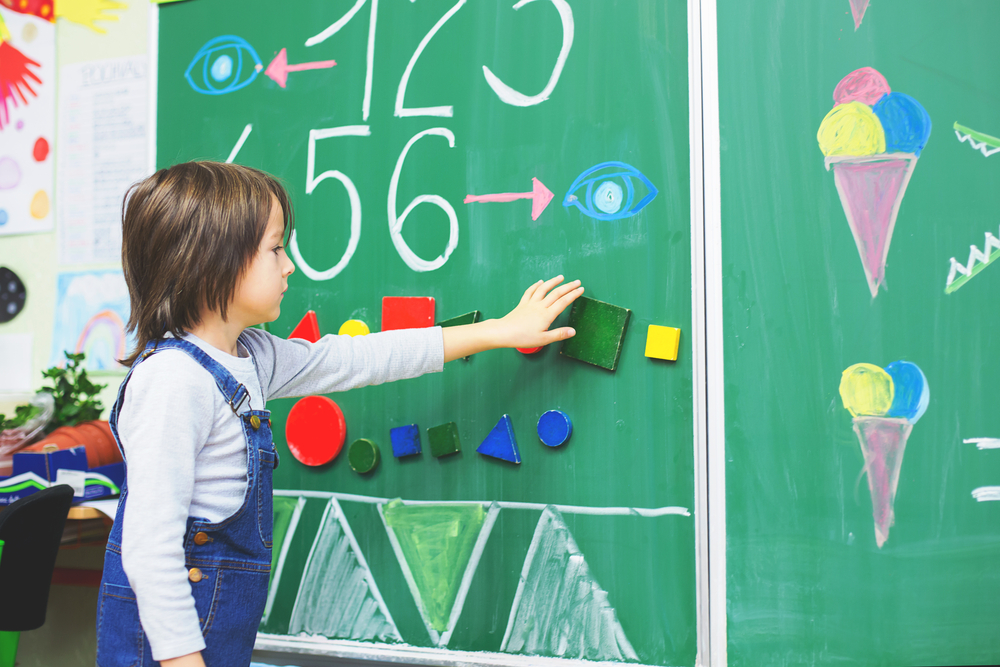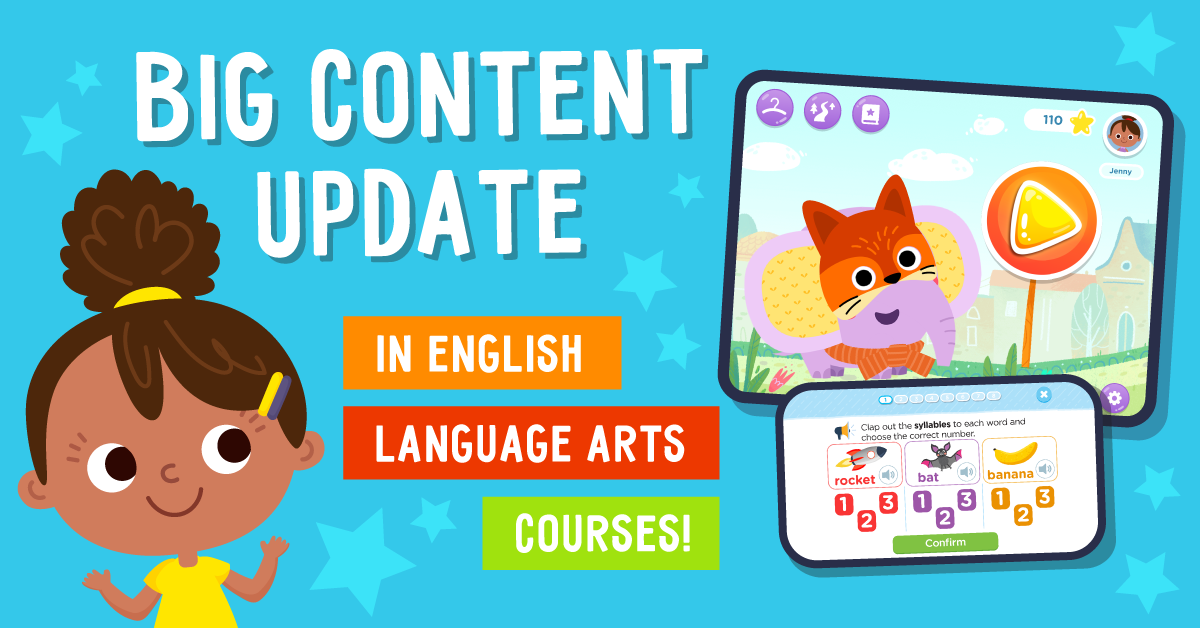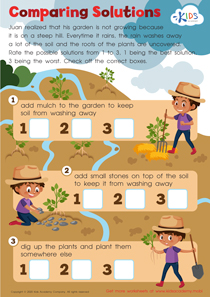Alphabet Worksheets Activities With Answers for Ages 4-8
28 filtered results
-
From - To
Discover our engaging "Alphabet Worksheets Activities With Answers" designed specifically for children aged 4-8. These interactive worksheets provide young learners with fun and educational opportunities to explore the alphabet, enhancing their literacy skills through various activities. Each worksheet comes with easy-to-follow instructions and an answer key to support both children and caregivers in the learning process. From tracing letters to matching exercises, our activities encourage creativity and reinforce letter recognition. Perfect for home or classroom use, these worksheets make learning the alphabet enjoyable and effective. Explore our collection today to foster a love for reading and writing in young minds!
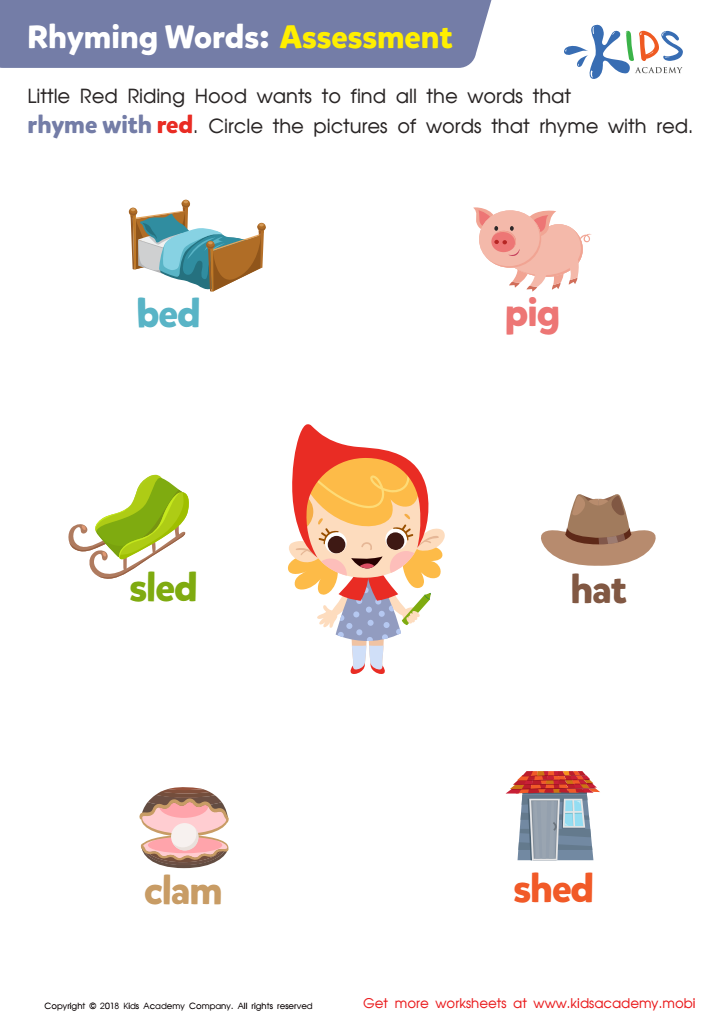

Rhyming Words: Assessment Worksheet
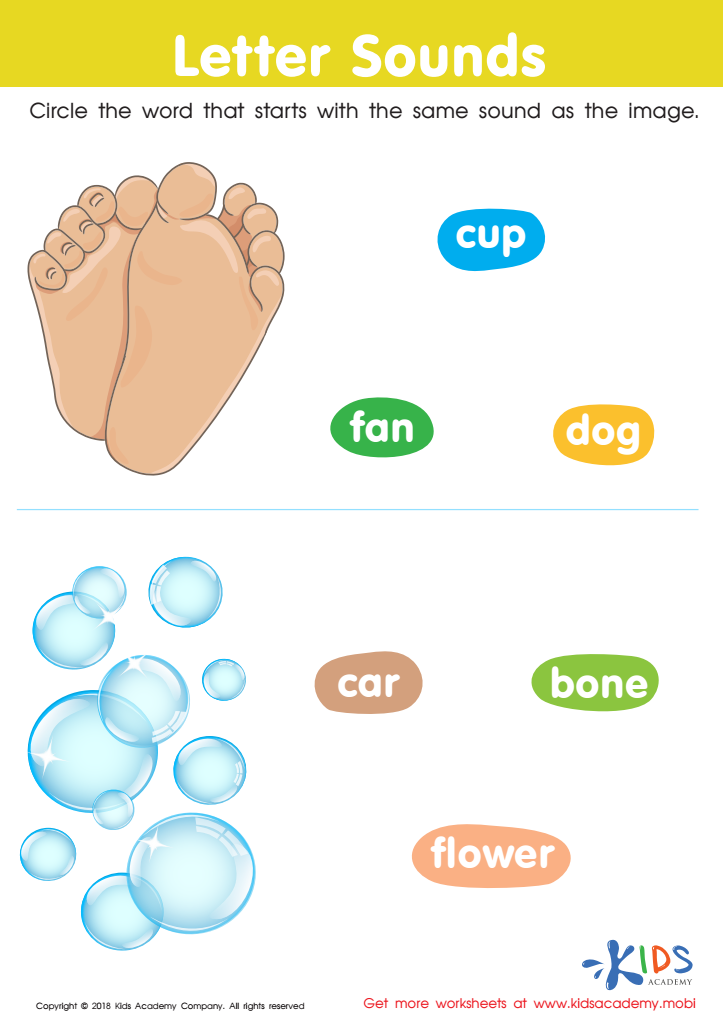

letter sounds Worksheet
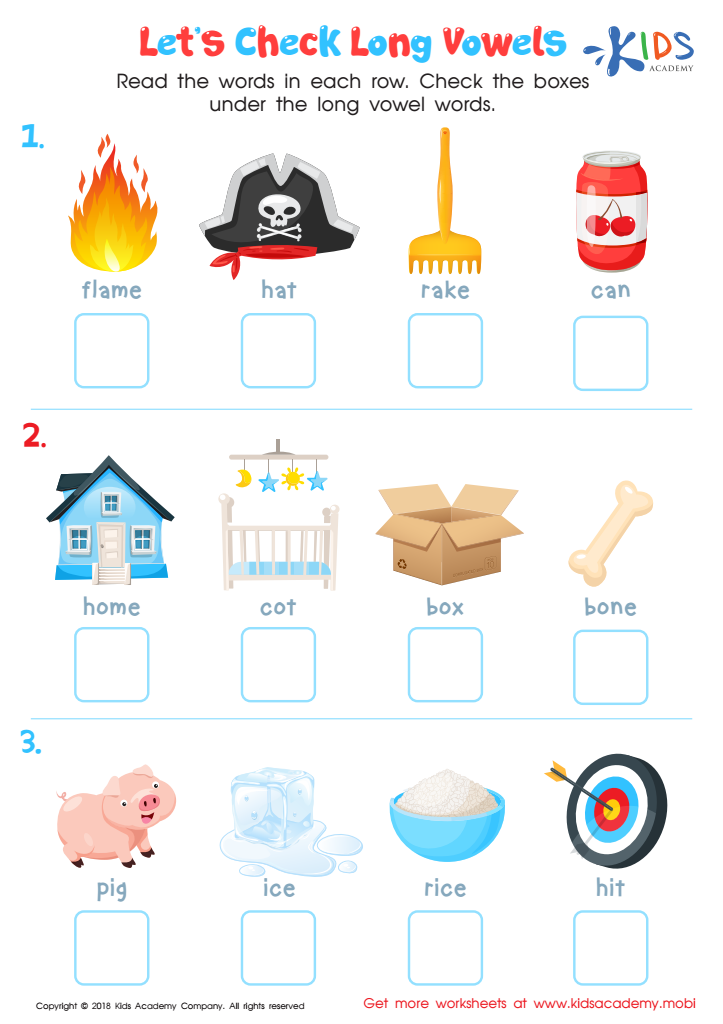

Let's Check Long Vowels: Assessment Worksheet


Words: Assessment 2 Worksheet
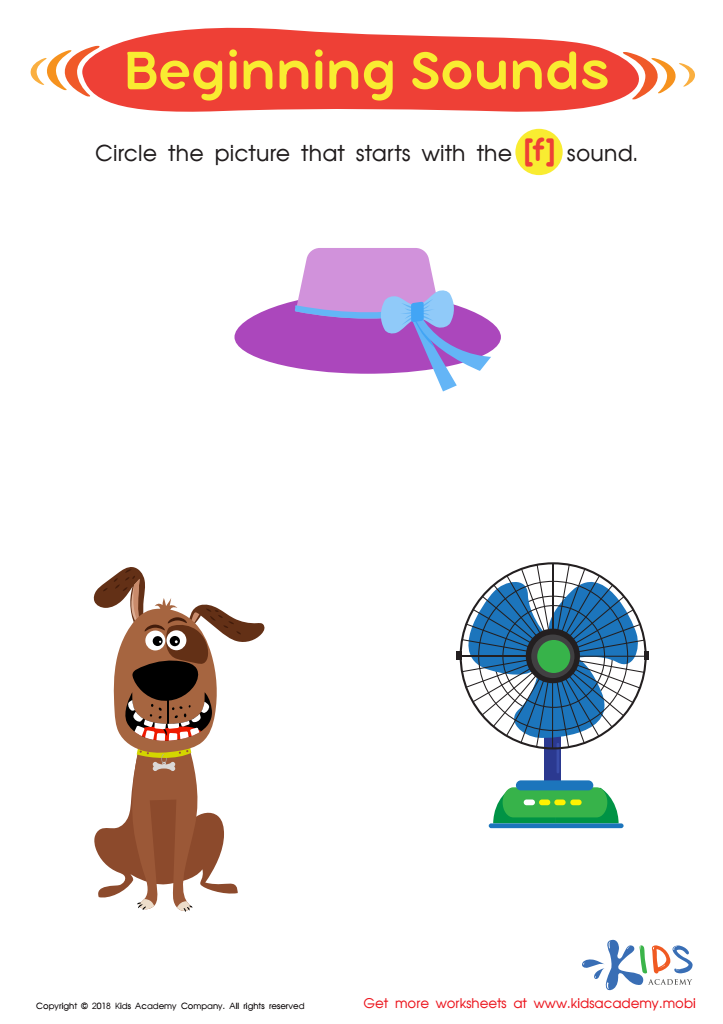

Beginning Sounds Assessment Printable
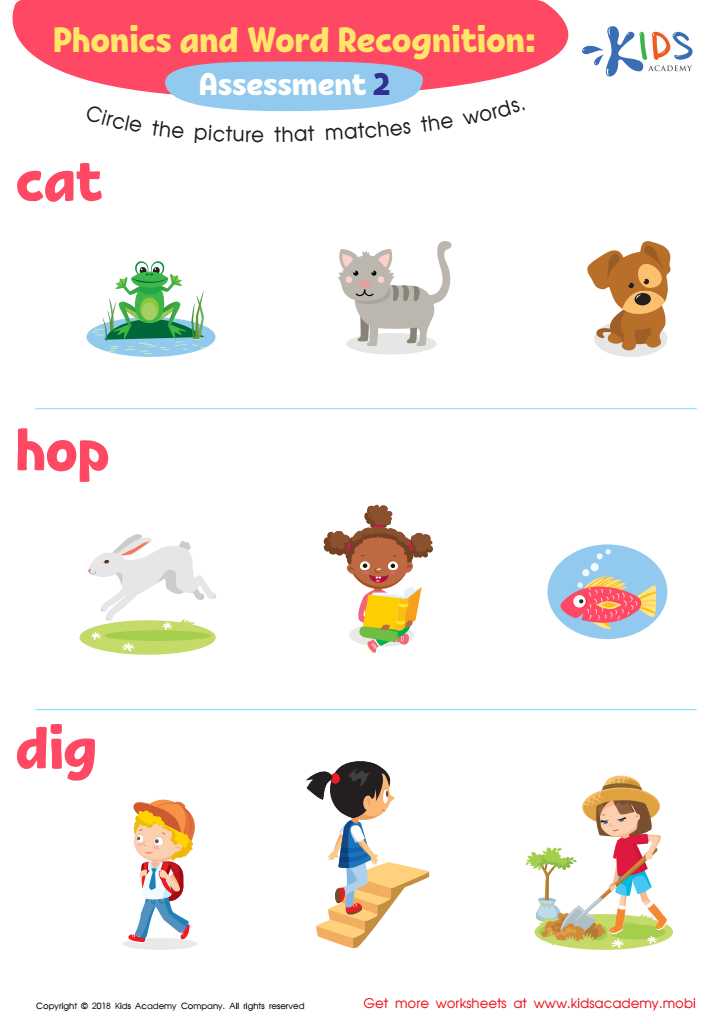

Phonological Awareness: Assessment 2 ELA Worksheet
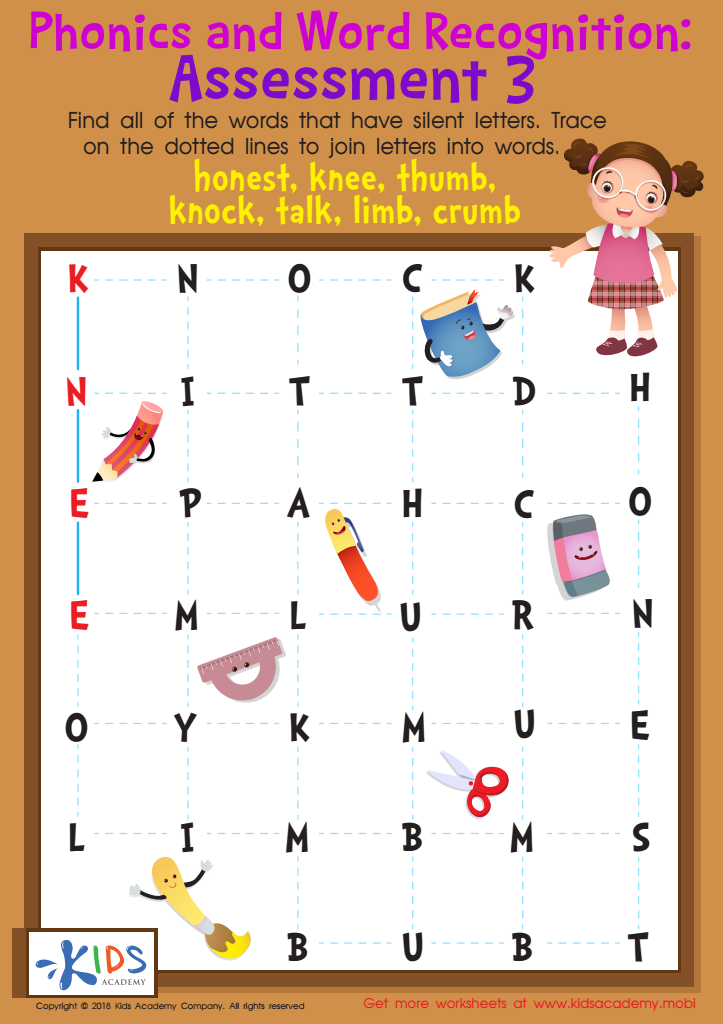

Phonics and Word Recognition: Assessment 3 Worksheet
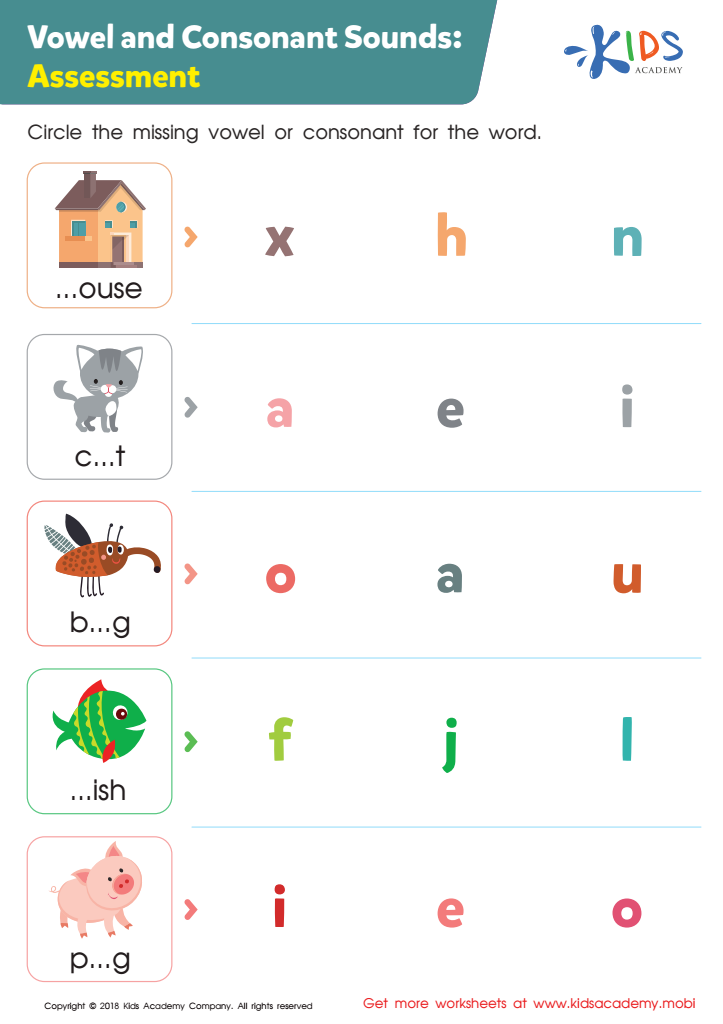

Vowel and Consonant Sounds: Assessment Worksheet
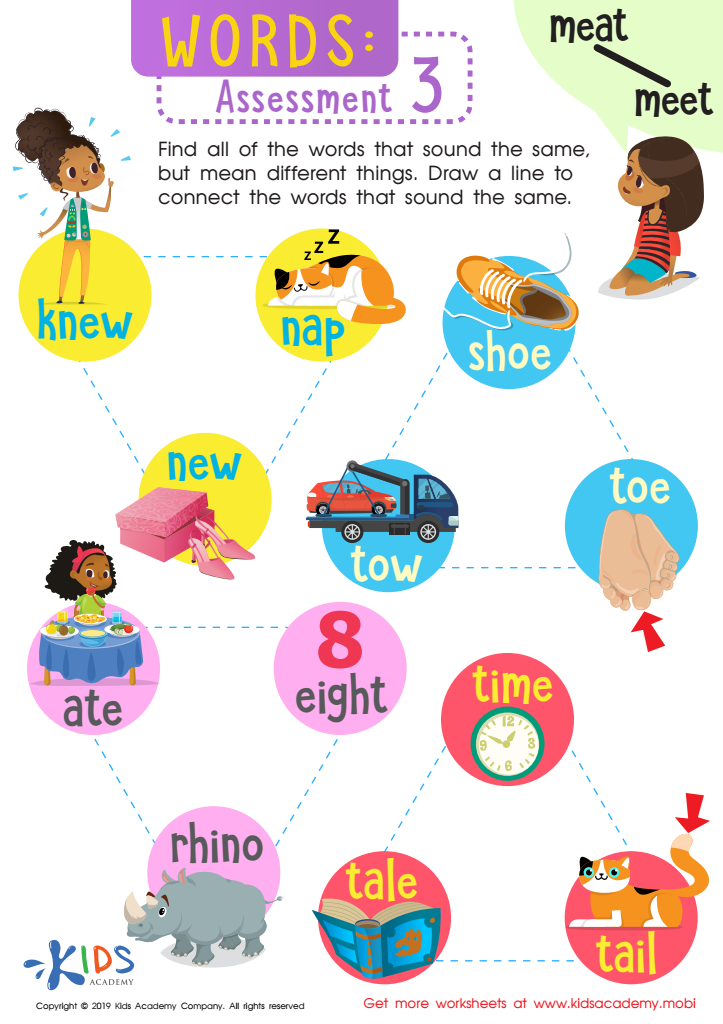

Words: Asessment 3 Worksheet


Words: Assessment 4 Worksheet
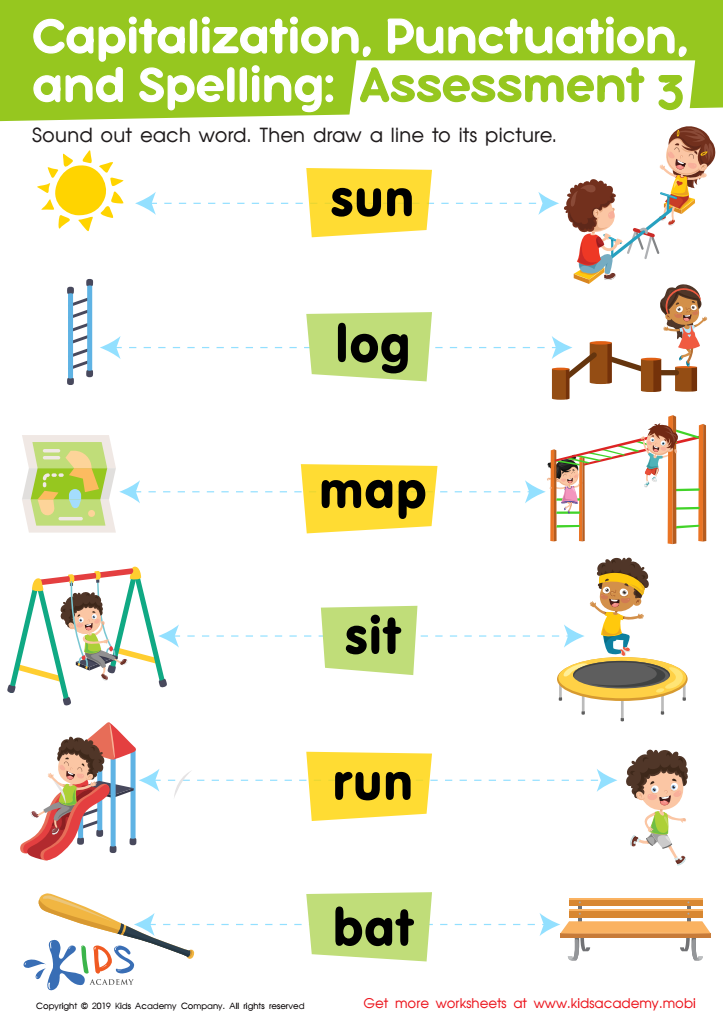

Capitalization. Punctuation. Spelling. Assessment 3 Worksheet
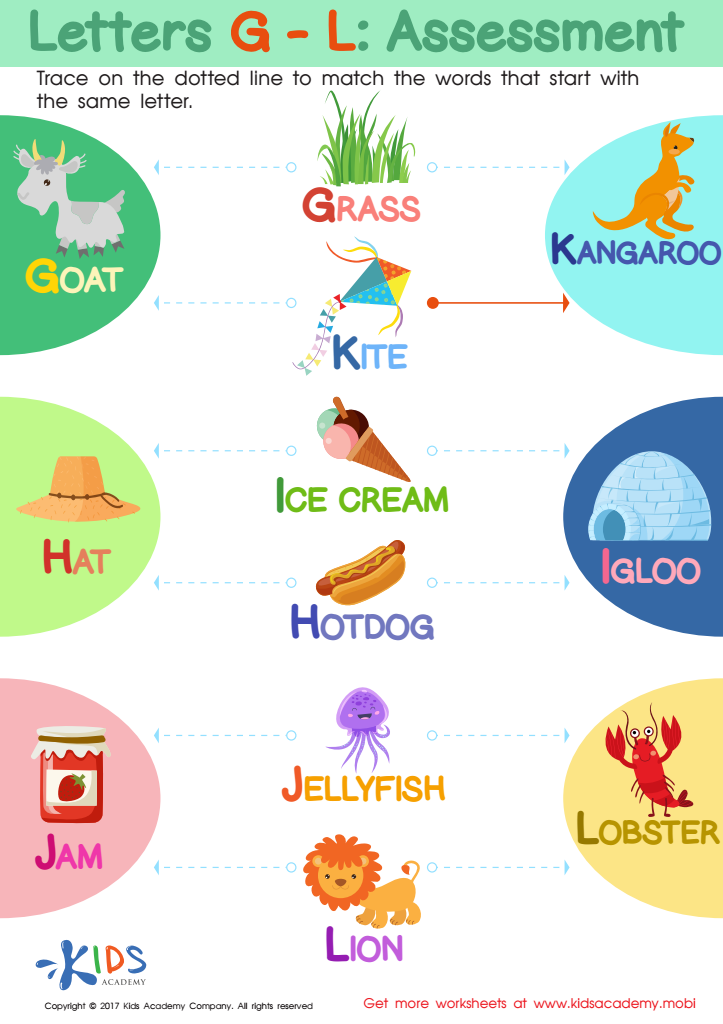

Letters G-L Worksheet
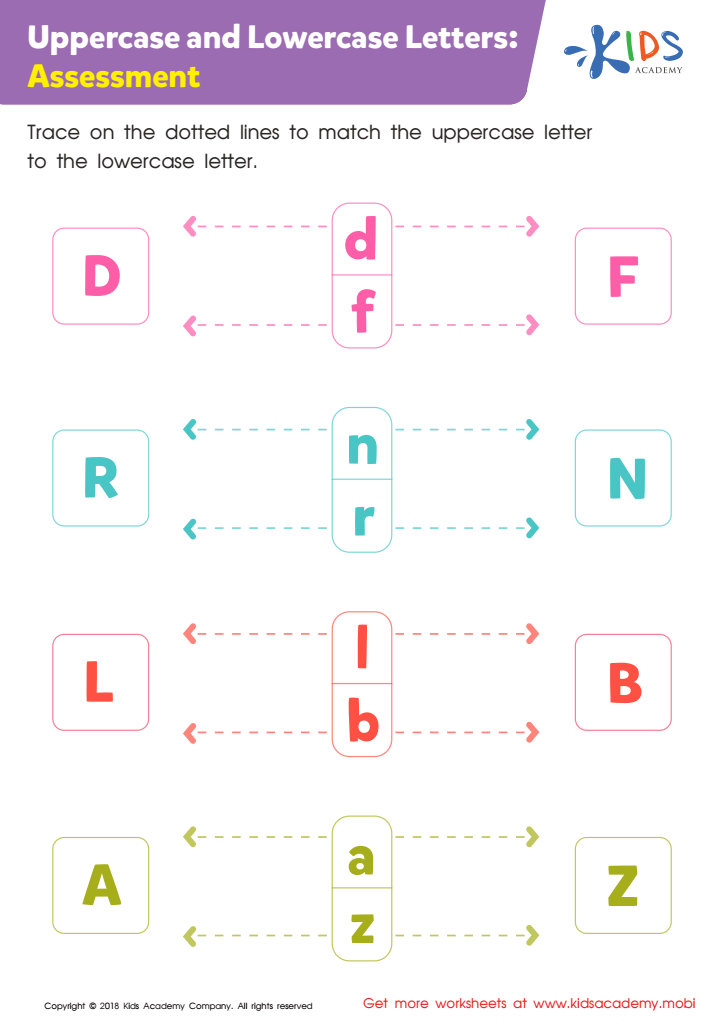

Uppercase and Lowercase Letters: Assessment Worksheet
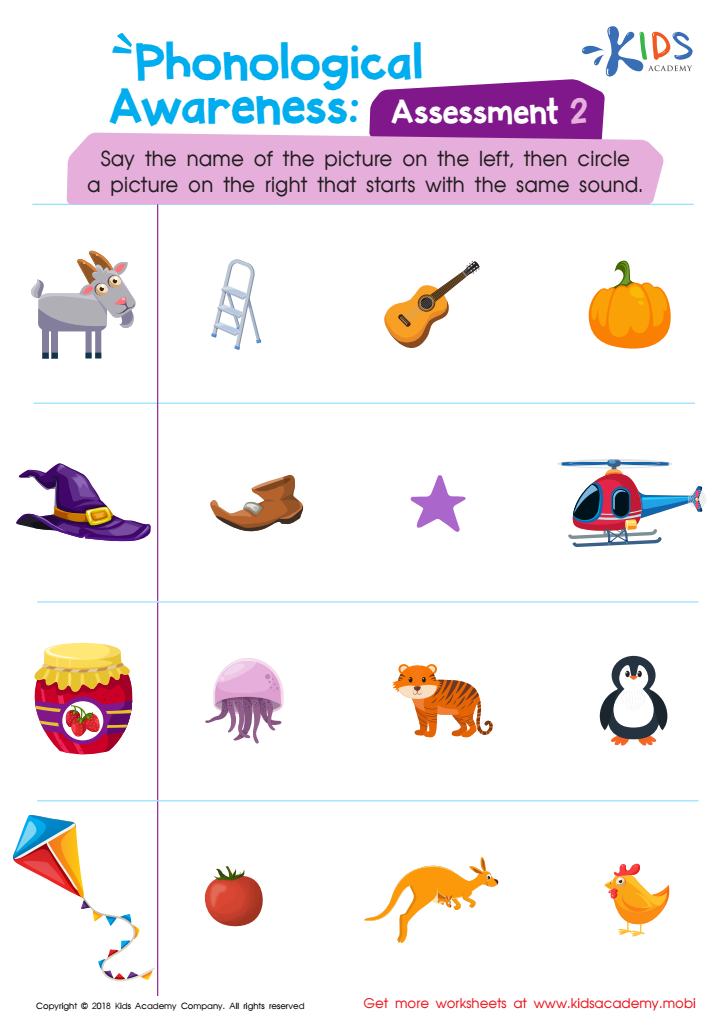

Phonological Awareness: Assessment 2 Worksheet
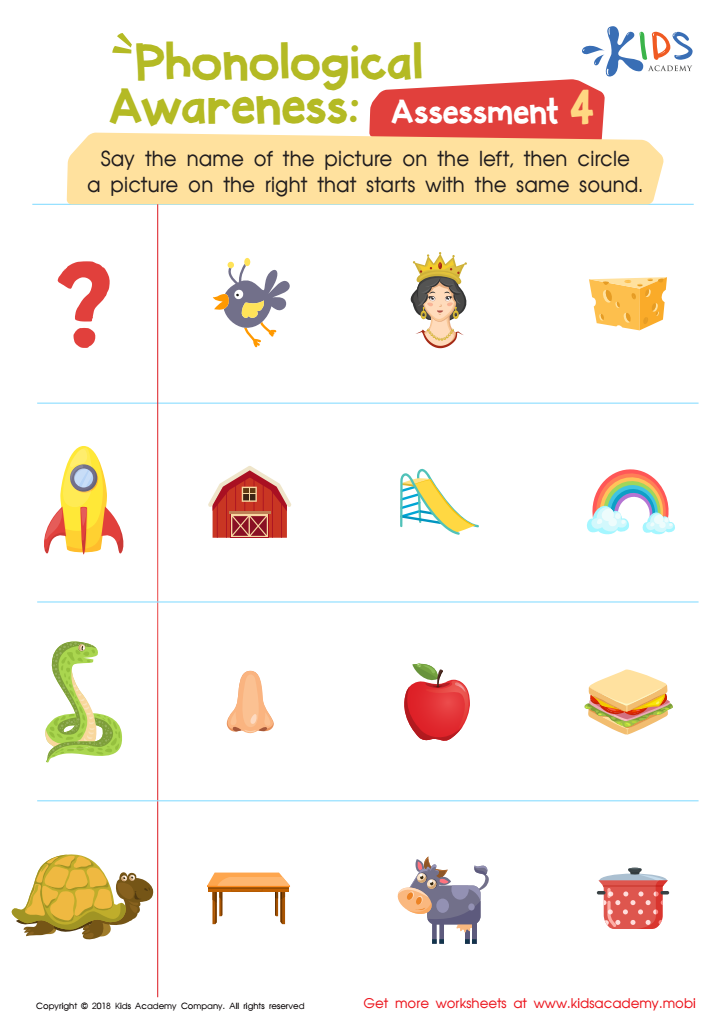

Phonological Awareness: Assessment 4 Worksheet
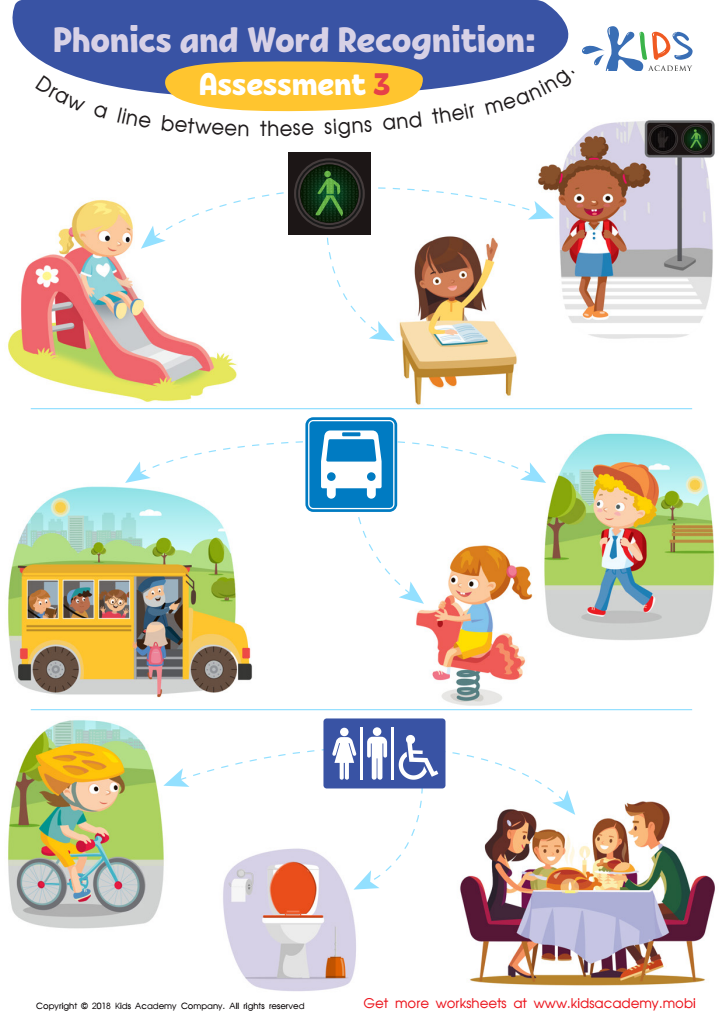

Phonological Awareness: Assessment 3 ELA Worksheet
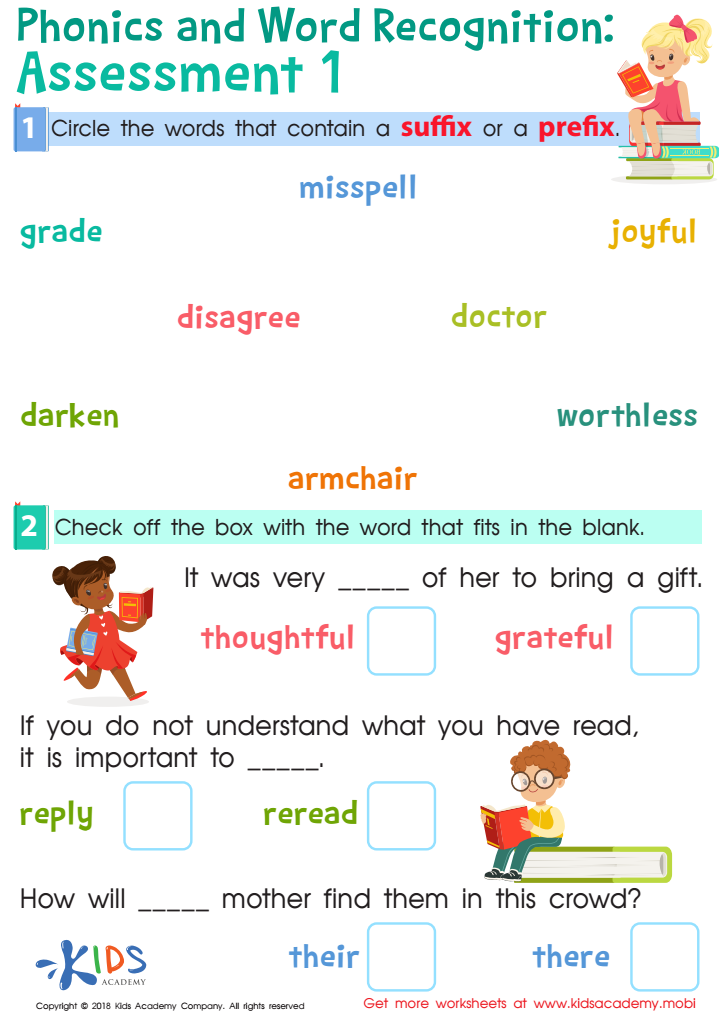

Phonics and Word Recognition: Assessment 1 Worksheet


Phonological Awareness: Assessment 6 Worksheet


Phonological Awareness: Assessment 5 Worksheet
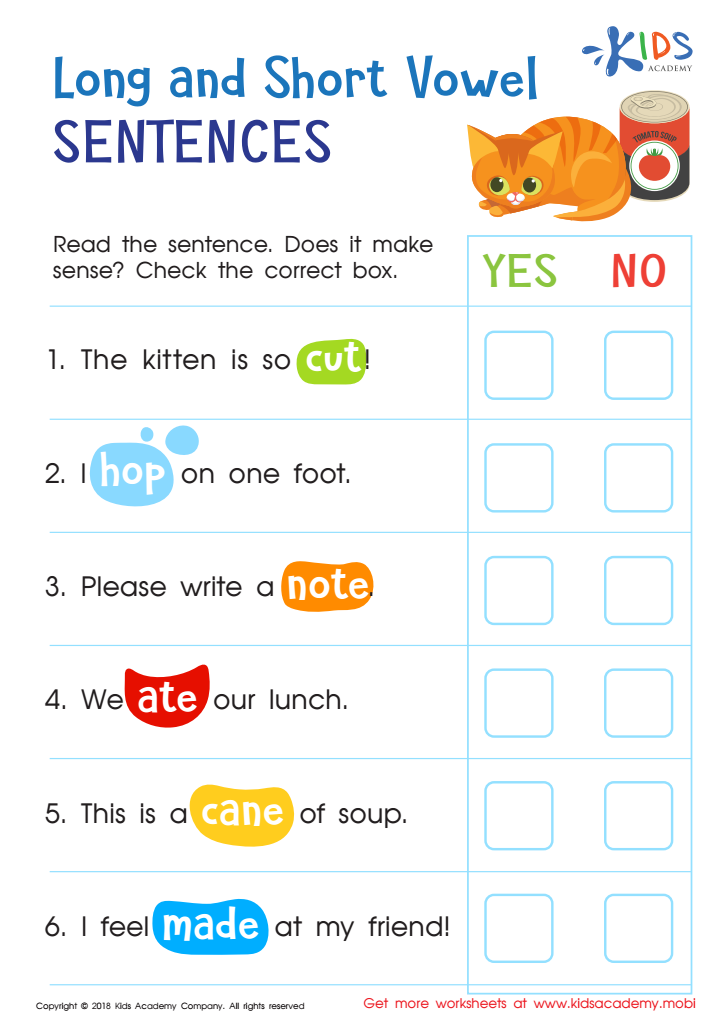

Long and Short Vowel Sentences: Assessment Worksheet
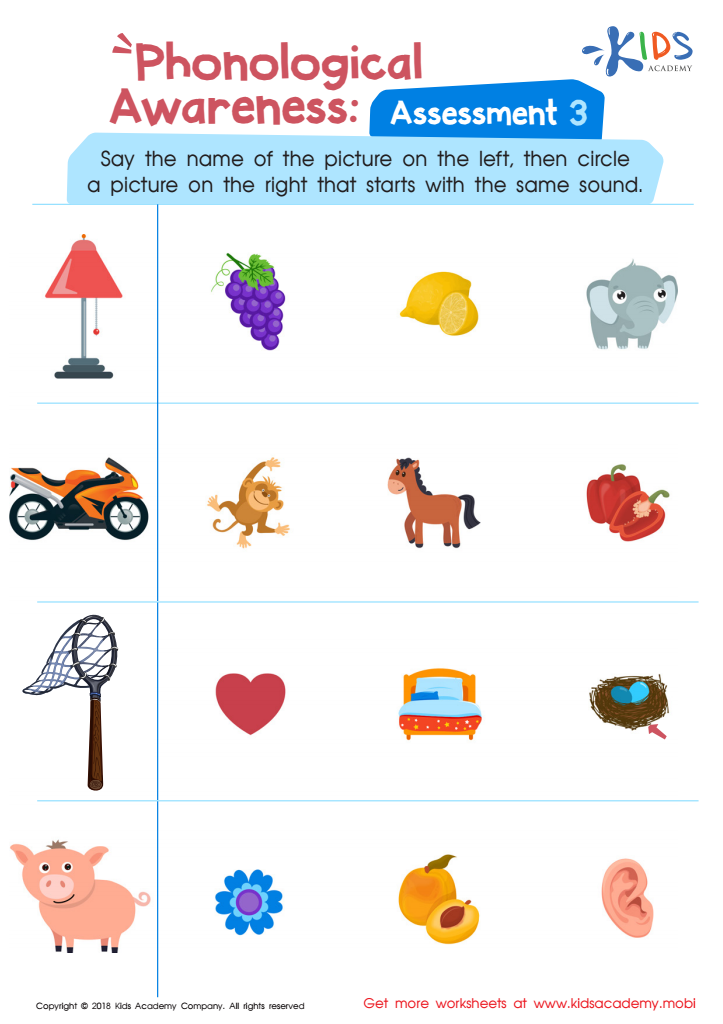

Phonological Awareness: Assessment 3 Worksheet


Phonics and Word Recognition: Assessment 1 Worksheet
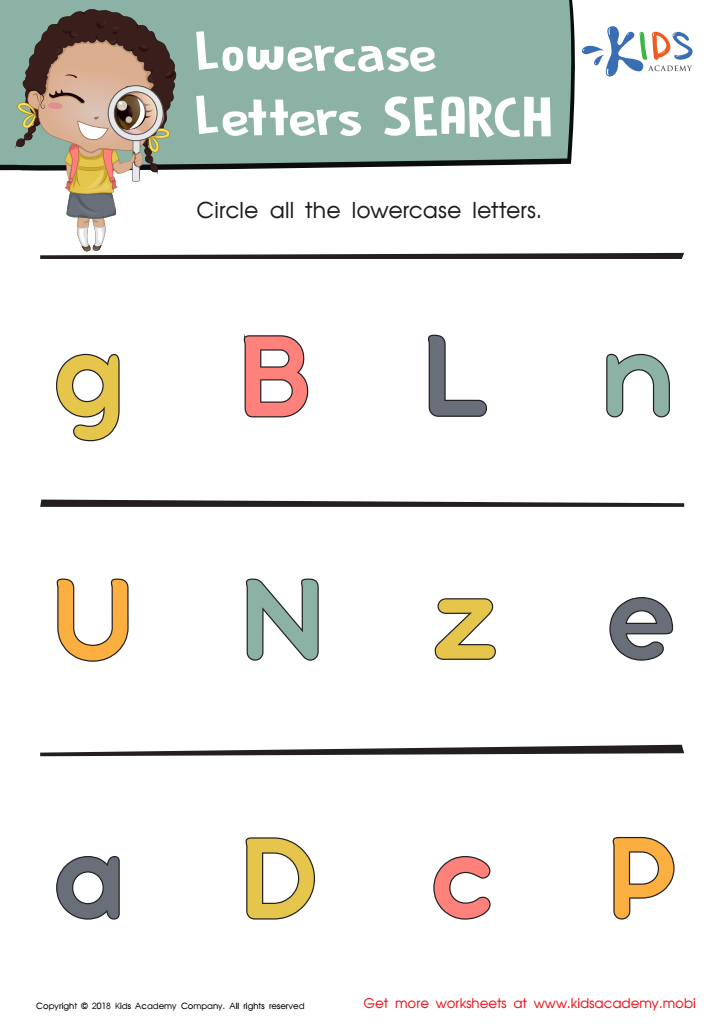

Lowercase Letters Search: Assessment Worksheet
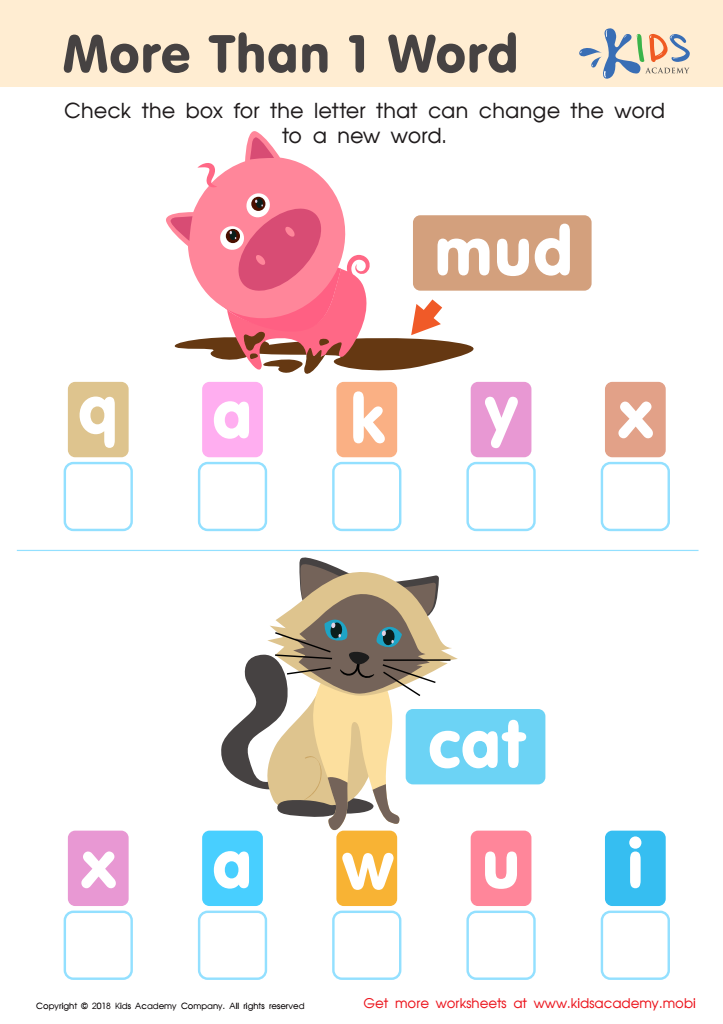

More than 1 word Worksheet
Alphabet activities for ages 4-8 are essential for fostering early literacy skills, as they lay the foundation for reading and writing. For parents and teachers, engaging children in these activities cultivates phonemic awareness, which is critical for understanding the relationship between letters and their corresponding sounds. By participating in diverse alphabet activities, children develop vocabulary and decoding skills, enabling them to read more fluently as they progress.
Moreover, these activities offer an interactive and enjoyable approach to learning. Incorporating games, crafts, and songs can make the process fun, promoting a love for learning from a young age. Teachers can utilize these activities to cater to different learning styles, ensuring that every child's unique needs are met.
Additionally, parents can reinforce what is taught in the classroom at home, creating a consistent learning environment. This collaboration between home and school ultimately leads to better academic outcomes. Lastly, early mastery of the alphabet can boost a child's confidence and reduce anxiety associated with reading, setting them up for success as they advance in their educational journey. Thus, both parents and teachers should prioritize alphabet activities, recognizing their lasting impact on children's literacy development.

 Assign to My Students
Assign to My Students


